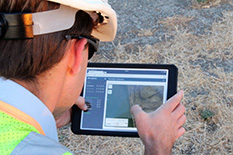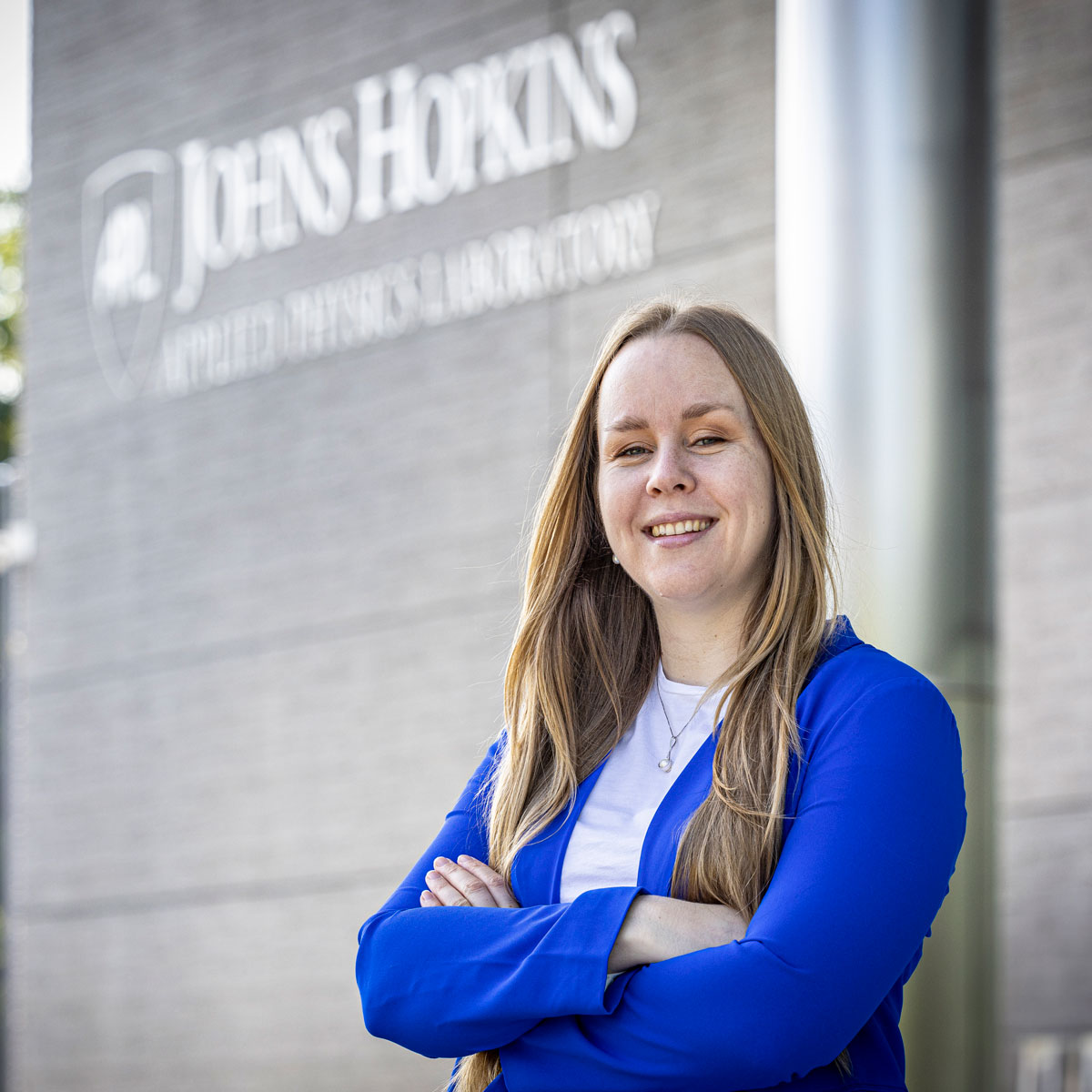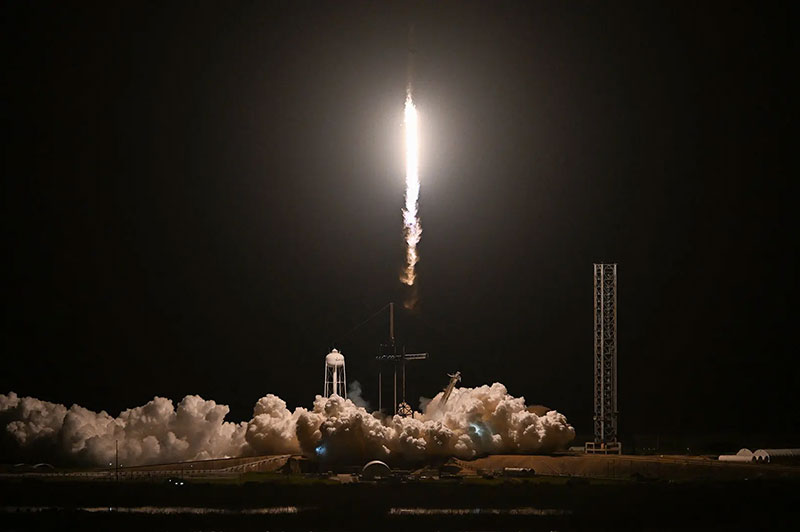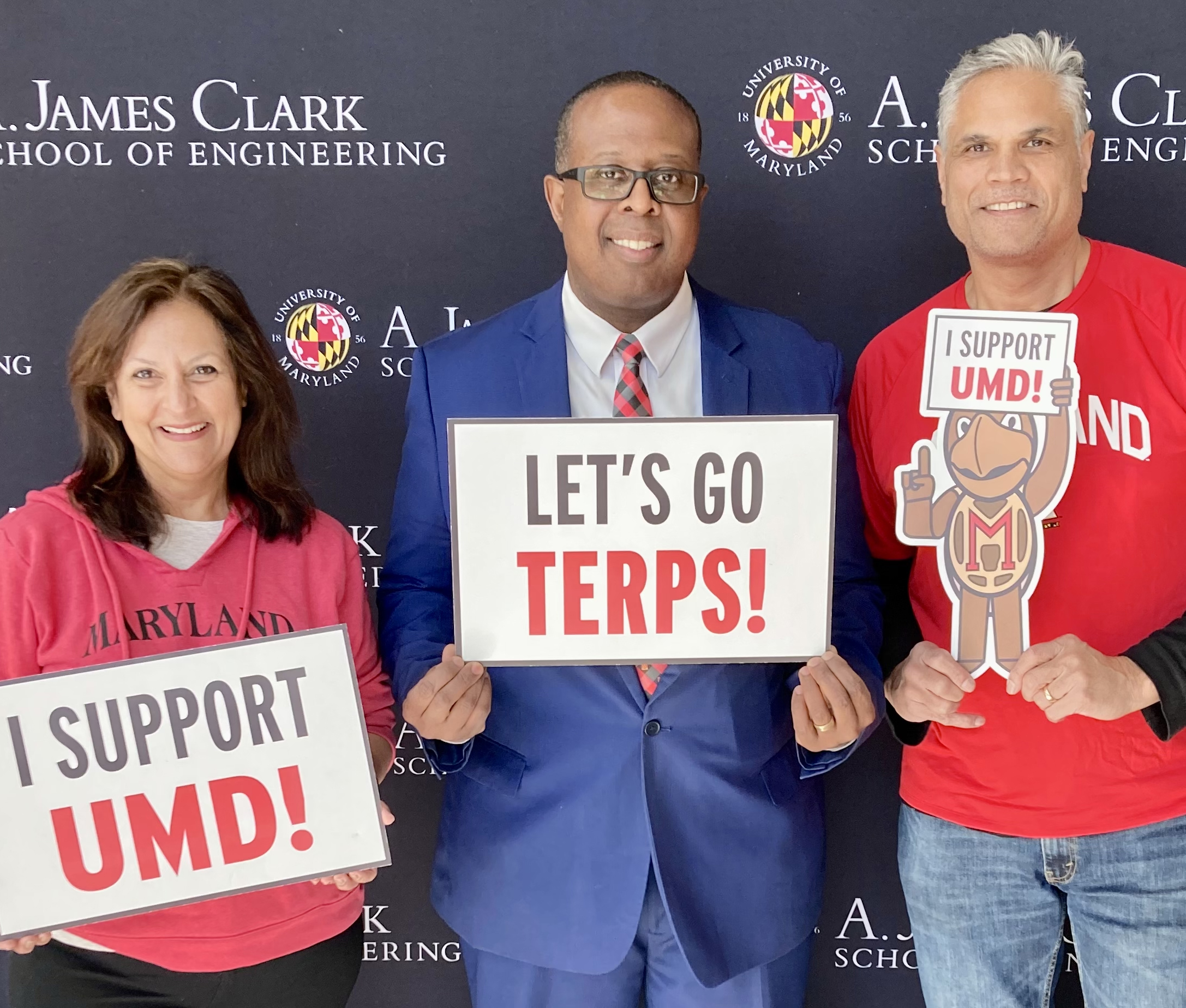News Story
Meet the Alumnus Who Brought Stormwater Management to Silicon Valley

Ryan Janoch (M.S. ‘08) is a self-described stormwater junkie, so it’s hardly a surprise that he has dedicated his career to it.
But not even he expected the path to lead to Silicon Valley.
Ryan, along with his wife Allie Janoch (B.S. ‘09, computer science), is the founder of Mapistry, a Berkeley-based company that combines stormwater expertise with easy-to-use software to help industrial facilities navigate regulations and apply best practices.
“We make environmental regulations easier for manufacturing companies so they can expand the economy while protecting water quality,” said Ryan, who in 2015 was named one of the top 20 people under 40 in the construction and civil engineering industry by ENR California and a rising star in the stormwater industry by Storm Water Solutions magazine.
Since launching in 2013, Mapistry has helped companies such as Sims Metal Management, AC Transit, and the e-waste recycler ITRenew secure permits, develop stormwater pollution prevention plans, track sampling results, and prepare sites for upcoming storms in real time.
“These are things companies typically handle in-house or outsource to an environmental engineering consultant,” said Ryan. “But when they do that there is usually very little follow up. No one looks at the water sampling data to see what needs to be changed until a lawsuit is filed or a fine is imposed.”
“Our software allows companies to make data-driven adjustments to their stormwater management practices along the way. The software is there running all the time, and our experts are on hand to help companies stay within regulations,” he added.
It’s a proactive, hands-on approach to stormwater compliance that has paid off. Eighty-three percent of the California facilities that have relied on Mapistry to reduce elevated levels of contaminants flowing from their sites have successfully dropped down to allowed concentrations. In contrast, approximately 50 percent of all similar facilities statewide saw dips in contaminant levels.
But Ryan and Allie aren’t ready to rest on their laurels just yet. The duo is working to expand their training services to include more online opportunities, especially for municipalities.
“We’ve started creating interactive online training for city police and fire departments focused around basic stormwater awareness,” said Ryan. “These are groups who don’t usually receive stormwater training but who play a big role as the eyes and ears of the city. If they see a spill, they need to know what to do to prevent it from flowing into the storm drain.”
Companies will also have a chance to hear from regulators, attorneys, and those charged with managing stormwater at Fortune 500 companies at Mapistry’s first Industrial Stormwater Summit this September.
These expansions are just the latest in a series of tweaks to the company’s services over the years. Mapistry—as the name suggests—began as a company that provided user-friendly mapping tools for environmental engineers.
It was during this phase that Ryan and Allie teamed up with environmental engineering associate professor Kaye Brubaker to help students map the banks of Campus Creek between the University Boulevard bridge and where it enters Paint Branch.
“UMD, and specifically Kaye and my advisor Allen Davis, had a big impact on my stormwater education. My Maryland education is baked into a lot of the Mapistry software,” said Ryan. “This was a chance to show my appreciation.”
Published July 19, 2017









